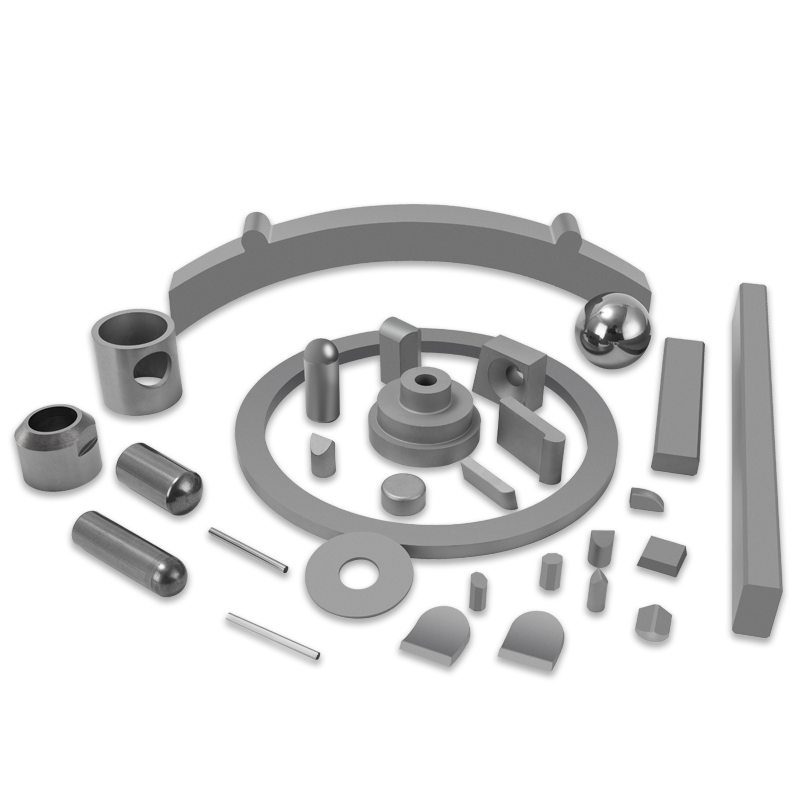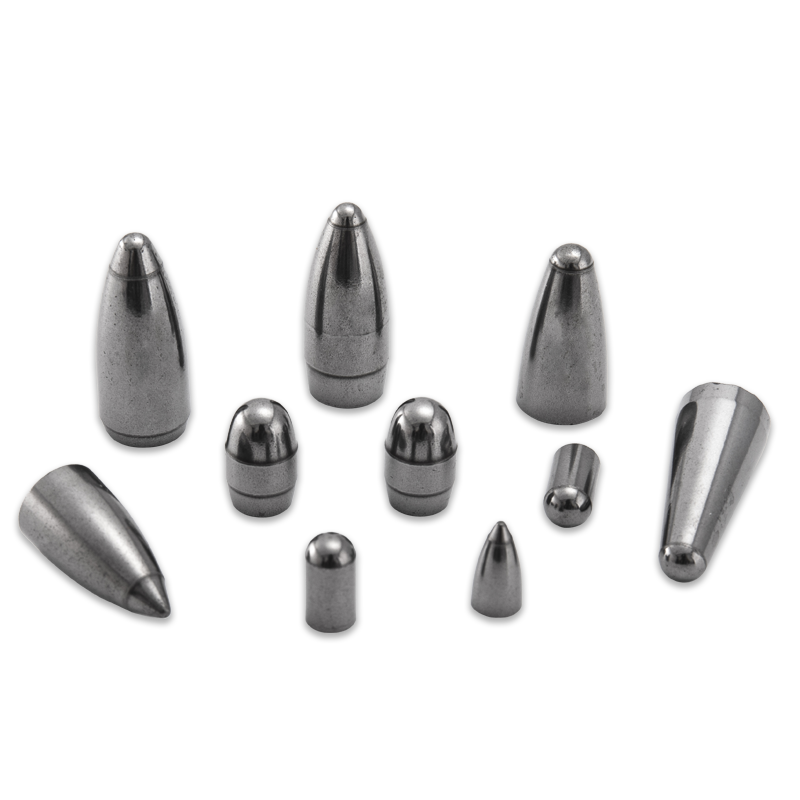What are the different types of tungsten carbide rock drilling tools?
Industry News-Tungsten carbide rock drilling tools are indispensable in industries like mining, construction, and geological exploration. These tools, which combine high-strength steel with incredibly hard tungsten carbide inserts, are designed to efficiently break through the toughest rock formations. The effectiveness of these tools hinges on their specific design, with each type optimized for different applications and geological conditions.
Drill Bit Types
The shape and type of the drill bit determine how effectively and efficiently it breaks rock. Here are the main types:
-
Button Bits: This is the most common type, featuring multiple tungsten carbide buttons or "inserts" on its head. These buttons come in various shapes, such as spherical, conical, and parabolic. Spherical buttons offer excellent wear resistance and are ideal for hard, abrasive rock, while conical buttons provide faster penetration rates in medium-hard rock.
-
Cross Bits: As the name suggests, these bits have a "cross" shaped head. They provide better guidance and stability, making them suitable for straight-hole drilling. Cruciform bits also perform well in hard and fractured rock formations due to their robust design.
-
Chisel Bits: Chisel bits are the simplest in structure, with a single, wide, flat tungsten carbide insert. They are primarily used in soft and fractured rock layers, offering fast penetration but less stability compared to other types.
Connection Methods
The connection method is crucial for ensuring that power is effectively transferred from the rock drill to the bit. Different connection types are used with various drilling systems.
-
Threaded Connections: This is the most common connection method, where the drill rod and bit are securely joined by threads. This design is easy to replace and maintain, making it suitable for most standard drilling operations.
-
Tapered Connections: These connections do not use threads but instead rely on a tapered chuck to hold the bit firmly to the drill rod. Tapered connections are typically used for small-diameter drilling and lighter rock drills.
-
Quick-Connect: Some modern tools feature a rapid-locking mechanism that allows for quick bit changes, increasing efficiency, especially in applications where frequent bit replacement is necessary.

Drilling Systems
A complete rock drilling tool system includes more than just the bit; it also consists of drill rods and couplings.
-
Top-Hammer: In this system, the rock drill is positioned at the top of the hole, and the impact force is transmitted to the bit through the drill rod. This system is widely used in quarries and on construction sites.
-
Down-The-Hole (DTH): The DTH hammer operates inside the bore hole, directly above the bit, providing a stronger impact force. DTH systems are ideal for deep-hole drilling and maintaining the straightness of the bore.
Summary
Understanding the different types of cemented carbide rock drilling tools (synonyms: tungsten carbide rock drilling tools, rock drilling tools with cemented carbide inserts) is essential for selecting the right equipment for a specific project. The correct tool choice not only improves drilling efficiency but also extends tool life and reduces operational costs. Whether mining for minerals or drilling foundations for buildings, these durable and robust tools are indispensable.


 English
English русский
русский





